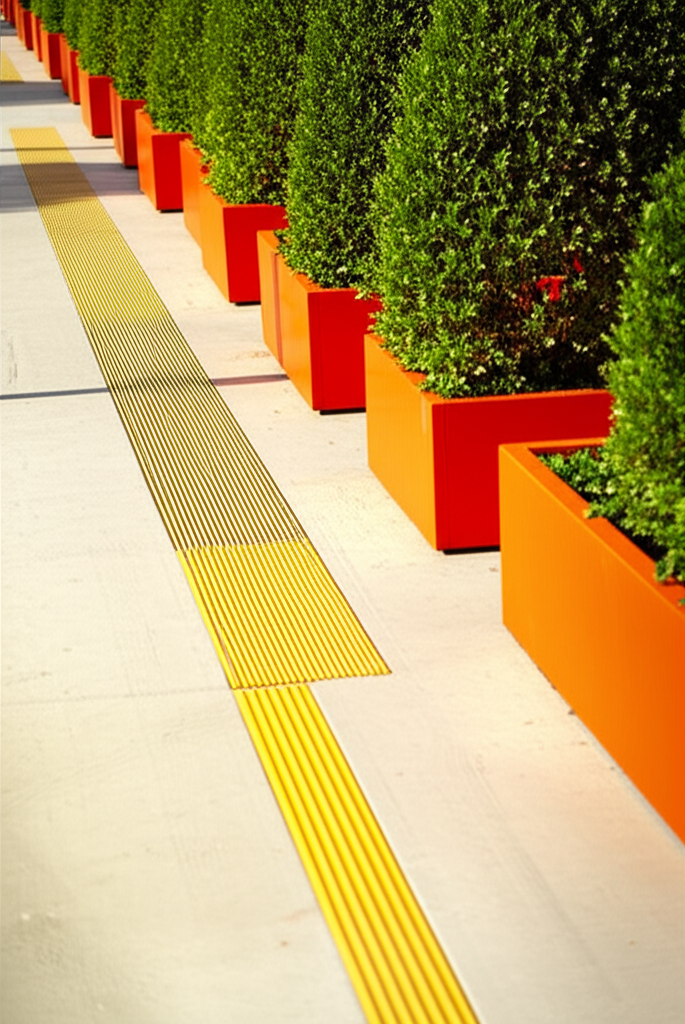
Choosing the perfect neighborhood involves more than just finding a nice house—it’s about ensuring a comfortable and convenient lifestyle. Safety remains the top concern, but accessibility to essential services like schools, hospitals, and shopping centers also plays a crucial role. A well-planned area should offer ease of movement, whether by foot or public transport.
Walkability is often overlooked but can significantly impact daily life. Older neighborhoods, in particular, may lack pedestrian-friendly infrastructure, forcing residents to rely heavily on cars. This not only adds to commuting stress but also reduces opportunities for casual strolls or quick errands. A walkable community fosters better health and social interaction.
Demographics also matter, as they shape the neighborhood’s culture and atmosphere. Families might prefer areas with parks and good schools, while young professionals may prioritize proximity to workplaces and entertainment hubs. Understanding who your neighbors are can help determine if the area aligns with your lifestyle and values.
Ultimately, the ideal neighborhood balances safety, convenience, and walkability. Before settling on a location, take time to explore the area at different times of day. Observing daily routines and infrastructure firsthand ensures you make an informed decision for long-term satisfaction.